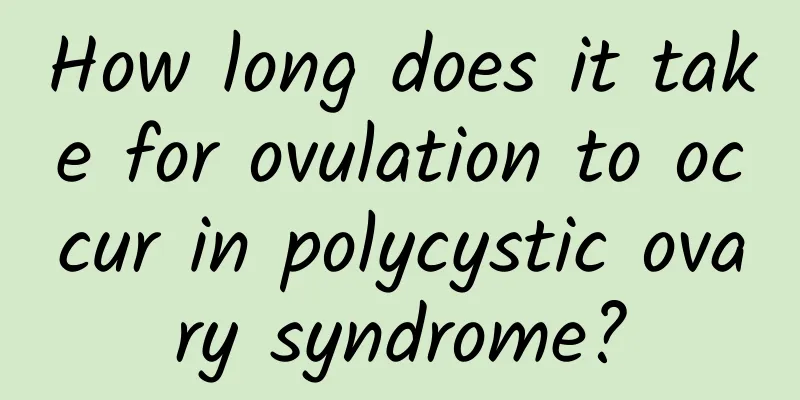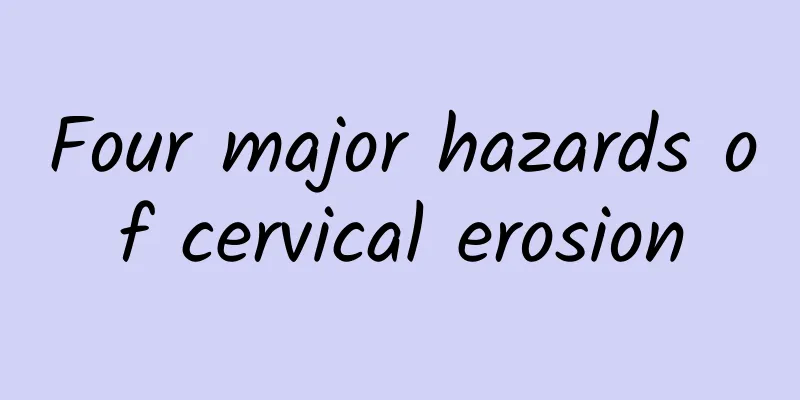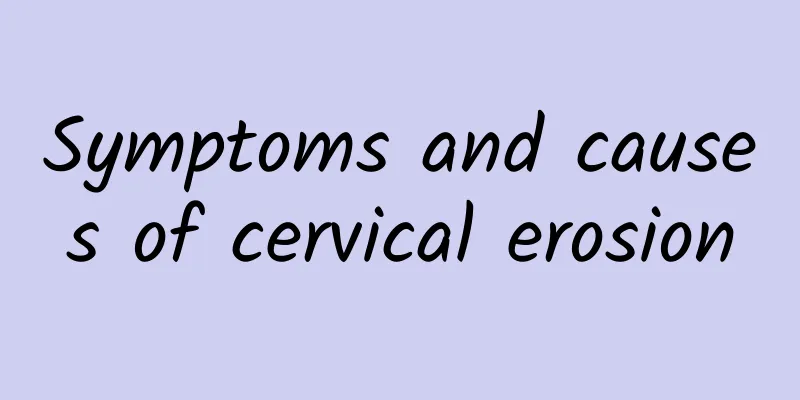How long does it take for ovulation to occur in polycystic ovary syndrome?

|
Polycystic ovary syndrome is a pathological phenomenon caused by endocrine disorders and metabolic abnormalities. When the specific individual conditions are different, the later impact on the ovarian ovulation cycle will also vary from person to person. Therefore, in the process of suffering from polycystic ovary syndrome, each person's degree of damage is different, which will eventually cause different changes in the ovulation cycle. Polycystic ovary syndrome is a disease caused by complex endocrine and metabolic abnormalities. Under the influence of the disease, it will cause chronic anovulation and hyperandrogenism. As the problem of chronic anovulation in women persists for a long time, it will naturally cause the pregnancy state to be unable to function normally and induce infertility. Polycystic ovary syndrome causes abnormalities in the discharge function of female eggs, and as the disease worsens in the later stages, the number of ovulations decreases completely or no longer occurs, which makes it impossible for women to successfully conceive. The severity of polycystic ovary syndrome varies from woman to woman, and the ovulation function in the body will naturally be affected in the later stages. The specific time it takes to ovulate will also vary from person to person, so it is impossible to determine how long it will take to ovulate. Polycystic ovary syndrome will directly lead to a significant decrease in the frequency of ovulation, and the number and cycle of ovulation will also undergo a long process of change. It is possible that ovulation occurs only once every two or three months, or once a year or half a year. In short, during the period when the severity of the individual's condition is different, the number and frequency of ovulation in the body's ovaries will directly undergo various obvious changes. Therefore, in the face of the disease process of polycystic ovary syndrome, the patient's ovulation cycle cannot be determined. It is necessary to conduct effective examinations and determinations based on the actual condition of each patient before further understanding of the ovulation situation. From the above, we can see that the time period for ovulation in polycystic ovary syndrome varies from person to person. After all, the occurrence of polycystic ovary syndrome will cause abnormal fluctuations in the individual's endocrine and metabolic conditions. During the period when the individual's physical condition changes, it will naturally lead to obvious changes in the later ovulation cycle and it will not be possible to accurately understand it. |
<<: What are the symptoms of polycystic ovaries?
>>: Causes of Polycystic Ovarian Disease
Recommend
How long after an abortion is it safe to have sex? Is it harmful to have sex right after an abortion?
After an abortion, a woman's body is relative...
What are the symptoms of miscarriage?
Many pregnant women have spotting without knowing...
What are the common symptoms of ovarian cysts in women?
What are the common symptoms of ovarian cysts in ...
Diet one month after cervical precancerous lesions surgery
The incidence of cervical precancerous lesions ha...
How long does it take for menstruation to come after abortion?
It usually takes about a month to restore the men...
What are the requirements for uterine fibroid surgery? How much does it cost to have uterine fibroid surgery?
What are the requirements for uterine fibroid sur...
How to take care of yourself after abortion
Whether it is a normal abortion or a painless abo...
Treatment principles for menopausal syndrome
What are the treatment principles for menopausal ...
Do you still need to go to the gym after you are 50? Rehabilitation physician reveals: 6 things to pay attention to
In the early days of my career (when I was promot...
Is endometritis or pelvic inflammatory disease serious?
In severe cases, endometritis and pelvic inflamma...
5 tips for beautiful legs: Yoga slimming method
Why are other people's legs so straight and t...
What causes cervical hypertrophy?
Cervical hypertrophy is a common disease for wome...
FDA: Re-evaluate the safety of green dietary fiber ingredients
The "Green Dietary Fiber Capsules", whi...
What are the abnormal symptoms of early ectopic pregnancy?
What are the abnormal phenomena in the early stag...
What happened to painless abortion?
What happened to painless abortion? Painless abor...









